Vampire, from mythology to popular culture
Looking for a complete introduction to Vampire in the mythology in just a few minutes? You’ve come to the right place! Read on !
The vampire is one of the most common creatures in fantasy literature. He holds an important place in fantasy culture and has become a creature very well known by the general public. Like all imaginary beings, he is found in many myths and legends. However, the figure of the vampire has evolved a lot since the first legends and has gradually become anchored in modernity through literature and cinema.

The vampire, in the sense of an undead person who feeds on the blood of humans at night, appeared at the beginning of the 18th century and the term became established in 1725. Previously, in Western Europe, vampires were referred to by the strange name of “revenants in body” certainly to oppose the term ghosts who are intangible.
The term vampire has several etymologies: the German Vampir, the Hungarian vámpir designating a bat and also the Russian upyr, the word upir existing in all the Slavic languages and designating the ghosts.
The term Vampir can even be found in documented administrative records in Austria.
The vampire in mythology

If the traditional vision of the vampire describes him as an immortal being who bites humans in order to feed on their blood and thus risks transforming them in their turn into vampires, one realizes that there are many creatures with similar characteristics in the legends around the world.
Vampire in Babylonian Mythology

The Babylonians believed in a creature sucking the blood of men and Lilitû was a Babylonian deity thirsty for blood (she would be the ancestor of Lilith, Adam’s first wife and then a cursed creature feeding on the blood of children).
The Assyrians were afraid of the Ekimmu, an animated corpse that attacked humans to steal their vitality, a man who had transgressed a religious ban could become Ekimmu after his death.
Learn more: Babylonian Mythology & Religion: The Empire
Vampire in Greco-Roman mythology

Demonic creatures taking the vitality or blood of men are also found in Greco-Roman mythology: the lamies, female genies, Empusa, the striges, only female demons.
Read more : The Roman Mythology and the Greek Mythology
Vampire in Aztec mythology

The Aztecs also feared a female creature that sometimes fed on blood and especially on human fears, the Civitateo. The lobishomen is a vampire in Brazil who preys on women. The Chupacabras, in Mexico, a monster with bat wings and red eyes feeds on blood and fears crucifixes.
Read more: Aztec Mythology
Vampire in African mythology

The African continent also has legends of monsters close to the vampire: the Baka in Benin, a man who practiced witchcraft during his lifetime and sucked the blood of his victims, the Owenga in Guinea with almost the same characteristics.
Read more: The African Mythology
Vampire in Australian Aboriginal Mythology
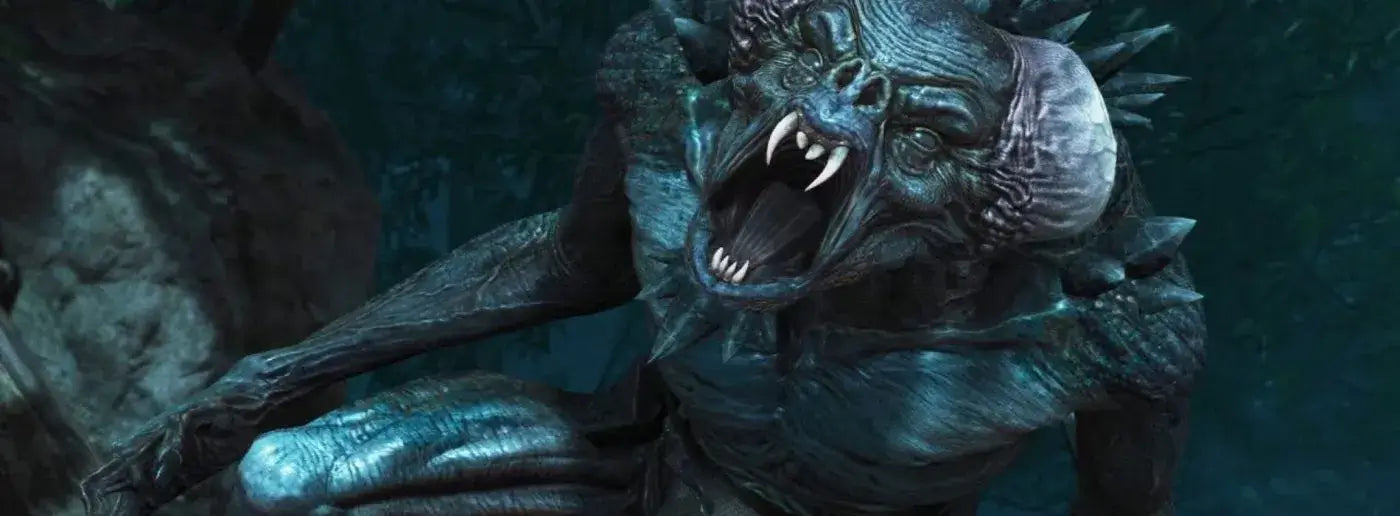
The Aborigines of Australia also have a legend about the Garkain, a monster with a human body and the head and wings of a bat that drinks blood and devours its victims.
Read more : Australian Aboriginal Mythology
Vampire in Chinese mythology

In Chinese mythology, there is the Chiang-Shi, a human who died violently or committed murders, fearing garlic and sunlight.
Read more: Chinese Mythology, Understanding China and its Fascinating Legends
Vampire in Danish legends
A female undead is also found in Danish legends, the Mara, presented in the guise of a beautiful young woman or a witch, who suffocated her victims during their sleep. The Mara became this creature because the proper funeral rites were not performed for her, a belief that is found among vampires. The Dear-Dul belongs to Irish legends and evokes a creature that haunts tombs and seduces humans to suck their blood.
Monstrous creatures with vampire-like characteristics can be found in all faiths around the world. The belief in bloodthirsty undead is widespread.
However, none of them were called vampires nor did they have all the characteristics of the vampire that we know. In fact, the vampire is linked to the Christian religion and really originated in Europe.
The European vampire

The vampire has become what he is because he has been damned. He is the enemy of God and man and must be fought with the weapons of faith.
Blood in religion was supposed to contain the soul and therefore drinking blood was tantamount to stealing the soul of the victim and thus damning him in turn. All those who had misbehaved during their lifetime or who had not received the last rites could become vampires.
And even those who had not done anything wrong but were born with a distinctive sign such as babies born with “hair” or red hair! Many graves were opened in order to check the condition of the bodies to recognize vampires. Garlic was used to prevent the soul of a vampire from returning to its body.
When finally nothing worked to get rid of a vampire, the famous stake in the heart was used. The wood of the stake had its importance according to the country and a priest was needed to perform the ritual. The vampire was also decapitated and burned to be sure that he was definitely out of harm’s way.

The greatest number of vampire stories are found in Southeastern Europe, especially in the Balkans where the fear of the vampire was very important.
The periods when the greatest number of cases of vampirism were recorded were often linked to epidemics.
In the beliefs of that time, the vampire was a man (or woman) who died and was buried and then emerged from the ground some time after his burial to feed on the blood and vital energy of his victims by biting them in various places.
The victim would suffer from anemia and then wither away in several days before becoming a vampire in turn.
To prevent the victim from turning into a vampire after his death, there were methods of prevention: a stone or a silver coin was placed in the mouth of the dead, they were buried upside down, salt or garlic was placed in the coffin or they were tied with hawthorn.

The number of vampire stories was so great that a work written by the French Benedictine Dom Calmet, Traité sur les apparitions des anges, des démons et des esprits et sur les revenants, et vampires de Hongrie, de Bohème, de Moravie et de Silésie (Treatise on the apparitions of angels, demons and spirits, and on the ghosts and vampires of Hungary, Bohemia, Moravia and Silesia) appeared in 1746.
There are also officially recorded cases of vampirism: Arnold Paole, a soldier who died in 1727 in Serbia, Peter Plogojowitz, a Serbian peasant who died in 1725.
The Vampire in history
In the vampiric tradition, certain historical characters have fed the myth by their particularly bloody character. The most famous of them is of course Vlad Dracula (1431-1476).
Dracula

Dracula, coming from dracul (devil or dragon in Romanian), the name comes from the decoration of the order of the dragon obtained by his father. His childhood was quite difficult, he was a prisoner of the sultan until 1448 when he escaped to return to Wallachia and become voivode.
He led terrible battles against the Turks to take back territories and thus acquired his sinister reputation and his nickname of Tepes which means the impaler.
The number of his victims is uncertain, but what is certain is that everyone feared him, allies and enemies alike, as his cruelty was well known. He died in a trap set by the Turks and his head was sent to the Sultan.
Bram Stocker’s novel having a phenomenal success, one finds in Romania false tourist sites representing the places of the novel rather than the reality of the places where Vlad Dracula lived.
Countess Erzsébet Báthory
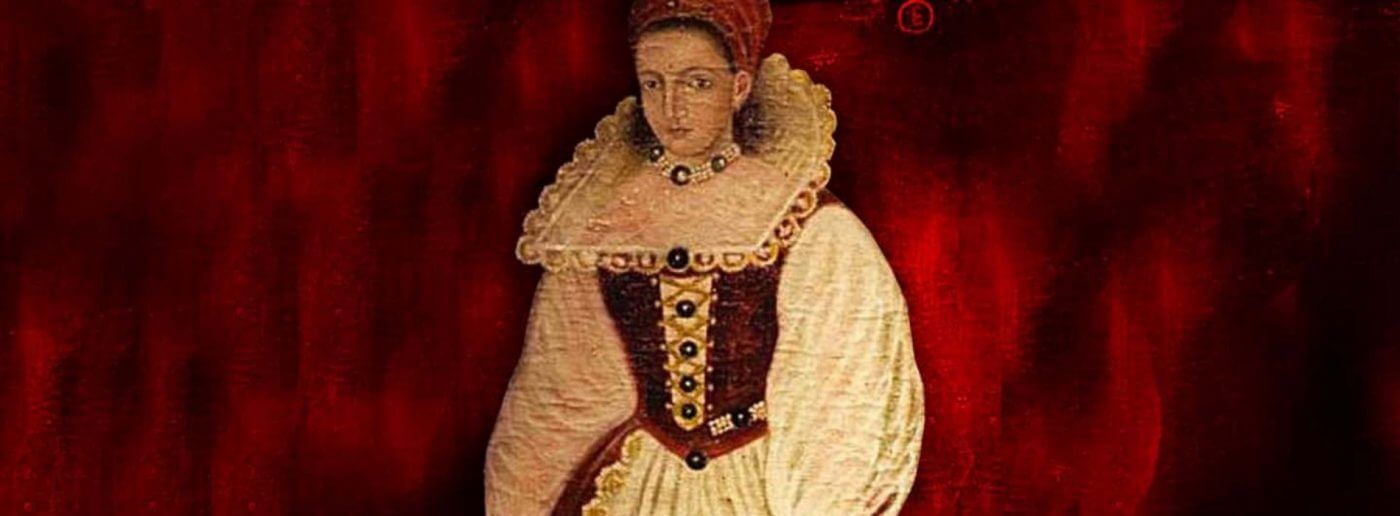
Countess Erzsébet Báthory (1560-1614). She lived in the Hungarian Carpathians, in a castle that served as a model for Bram Stocker in his famous novel.
Bored in her castle, she turned to black magic through one of her maids. Then she slipped down the slippery slope, believing that the blood of young girls would keep her eternal youth.
It is not known exactly how many victims she had, but they were numerous, tortured, immolated and serving the delirium of the bloody countess who took blood baths.
She was arrested in December 1610 and sentenced to be locked up in her castle while her accomplices were executed. She died 3 years later.
Gilles de Rais
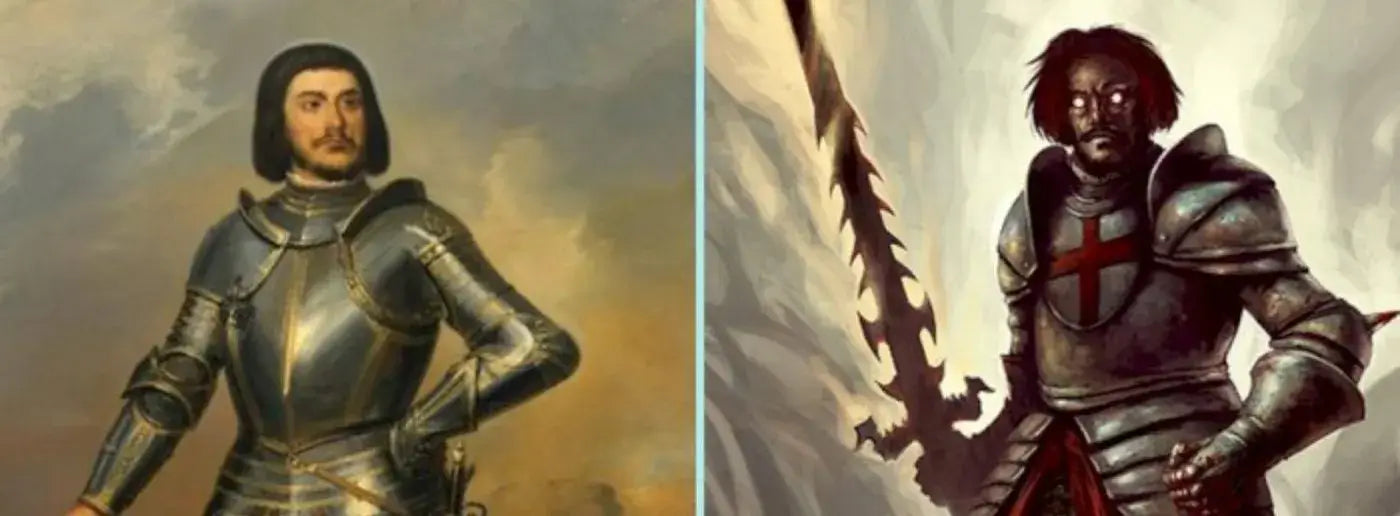
A Frenchman, Gilles de Rais (1400-1440), is among this sinister list. He was first a companion of Joan of Arc and Marshal of France.
He was then demobilized and returned to his homeland where, out of boredom, he was initiated into black magic and alchemy.
This passion consumed him to the point that he wanted to find the secret of the philosopher’s stone and nothing better than blood for that, especially that of young children.
The number of his victims is uncertain, between 40 and 300. He was arrested and sentenced to death in 1440. His cruelty inspired the character of Bluebeard and also some vampires.
Vampire Killer History
These sinister people have inspired writers in the past. Nevertheless, there are many explanations for all the vampire legends. The plague epidemics are one of them.
The dead were so numerous that people were buried without necessarily being 100% sure of their death. Even in calmer times, it often happened that people were buried alive and died of asphyxiation in their coffin with the shroud in their mouth.
These facts can be found in the vampire legends. Some corpses have also been found in an unexplained state of preservation years after their death. Superstitions have done the rest, transforming a strange phenomenon, whose causes were unknown, into supernatural stories and legends.

Finally, certain rare diseases that were little known until a few years ago, such as porphyria, can explain the legends. People suffering from this disease suffer from anemia, cannot stand sunlight, have an emaciated face making their teeth protrude.
Garlic destroys the red pigments in the blood, so it is not recommended for people with this disease. In the old days, people suffering from this disease were cured by drinking the blood of animals.
In short, all the characteristics of a vampire. All these explanations do not solve everything, but they are certainly the source of many vampire stories and have fed superstitions.
The vampire and literature
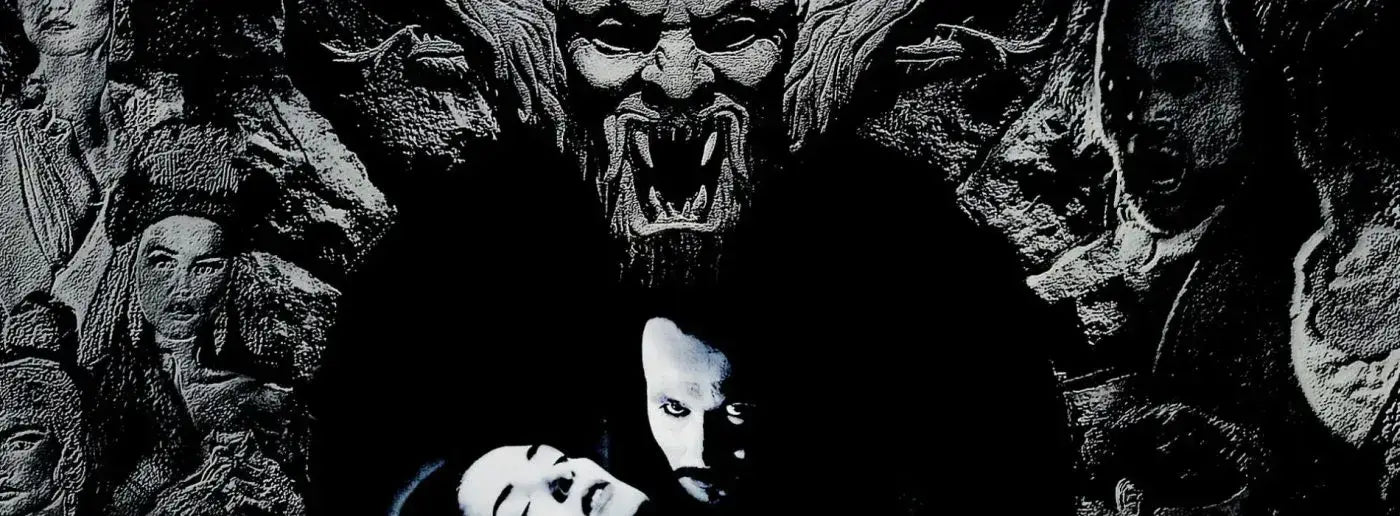
The stories about vampires could have remained in the shadows, but the literature of the 19th century made the vampire a legend and allowed him to acquire his letters of nobility.
The first writer to talk about the vampire was Heinrich Von Osseenfelder in his poem Der Vampyr in 1748. Almost 50 years later, Goethe refers to a being that is neither quite alive nor quite dead and drinks blood in The Bride of Corinth (1797).
As far as novels and short stories with vampires are concerned, there are many, too many to mention. Instead, we will see how the figure of the blood drinker has evolved in literature.
Classical Literature:

The first novel on the theme is logically called The Vampire and is signed John William Polidori in 1819. The novel was a great success in Europe and features the character of Lord Ruthven.
The novel has a rather peculiar history. Polidori was Lord Byron’s valet and he was inspired by an idea of Lord Byron. However, the authorship of the novel was difficult to know at first. Byron, lacking inspiration, preferred to leave his notes to Polidori.
Another amusing fact is that Byron got the idea for the novel from a challenge he issued to his friends, including Mary Shelley, who had the idea for Frankenstein, during a rainy day on a holiday (the challenge was to write a scary text).
The theme of vampirism had a phenomenal success and we find it in several texts at this period in European literature: Lord Ruthwen ou les vampires by Charles Nodier (1820), La Morte amoureuse (published in Histoires de morts-vivants) by Gautier (1836), Varney, the vampire by James Malcolm Rymer (1845), or Histoire de la Dame pâle, a short story by Alexandre Dumas (1849), Ville-Vampire by Paul Féval (1875). The vampire was even used in theater and opera.
Another outstanding novel in classical literature: Carmilla by Sheridan Le Fanu in 1872. The Irishman created a seductive female vampire and caused a scandal by the homosexual character of this character, thus opposing the well-meaning side of Great Britain at the time.
The author was also inspired by testimonies and the treatise of Augustin Calmet. The novel even contains an appendix in which the writer explains how a dead person becomes a vampire.
The figure of the vampire owes much to the novel Dracula by Bram Stoker, published in 1897. This novel has become the symbol of the vampire myth and is one of the best-selling novels in the world. It is not the only novel on the theme of Bram Stoker, since he wrote The Lady in the Shroud in 1909. Dracula is written in epistolary form and mixes diary, notes and telegrams in his story.
He was of course inspired by Vlad Dracula to create his character of aristocratic vampire. The secondary characters are also striking, such as Abraham Van Helsing, a vampirologist inspired by the Hungarian professor Ármin Vámbéry of the University of Budapest.
At the end of the 19th century, novels with vampires are multiplying. Alexei Tolstoy wrote two short stories on the theme: Oupires and The Family of Vourdalak.
In this text, the vampire is the opposite of Stoker’s, he is an old Serbian peasant, unpleasant and brusque, who will attack his family. Tolstoy thus returns to the very sources of the myth by using the peasant legends of Eastern Europe.
The traditional image of the vampire has retained several characteristics mainly from novels: pale, cold skin, long upper canines, sometimes red eyes, a hypnotic gaze, superhuman strength, and immortality. The vampire has often been associated with nocturnal animals such as the wolf and the bat.
The vampire’s weaknesses include garlic, anything related to the Christian religion, money, sunlight, and mirrors where they are not reflected. All of these characteristics come from the literature that was itself inspired by folklore.
The means of destruction of the vampires also come from this image of the traditional vampire: the sun, the stake in the heart, decapitation, or fire.
The change in the vampire figure:

Later, some writers wanted to change this traditional image of the vampire by playing on these aspects. In I am a Legend (1954), Richard Matheson presents the last human being living in a world populated by vampires.
This man is immune (by the bite of a bat carrying the virus, strange irony) to a worldwide pandemic caused by a bacillus, which gives a scientific explanation to the existence of vampires. Subsequently, other science fiction novels, used the blood drinkers and evolved its image. He also appeared in other literary genres such as detective stories and fantasy.
However, a real turning point took place in the 1970s with Anne Rice who gave voice to vampires in her Vampire Chronicles. She renewed the myth of the blood drinkers in 1976 with Interview with the Vampire.
The creatures are really at the center of the novels, which makes them much closer to the readers who know their torments.
With Anne Rice, the vampire is both humanized and sulphurous, he has feelings that are sometimes contradictory to his nature, has no taboos and is much freer.
He also has a reflection and crosses do not bother him at all, however they still need blood to survive. The vampire then loses its Manichean basis and we are interested in the psychological aspect.
The author also questions the origins of vampires and creates the female character of Akasha, the queen of the damned. The codes of the blood drinkers evolve with the novels of Anne Rice which had a considerable success.

Two literary currents appear from this period: a dark current close to horror where the vampire keeps his monstrous nature, and another one a little later flirting with romance. In the first stream, we can note several novels: Whitley Strieber’s Predators (1981) with a seductive and cynical vampire woman who is desperate to break her solitude.
A 12-year-old vampire boy in S. P. Somtow’s Timmy Valentine trilogy begun in 1984, who became a huge pop star in the 1980s. Vampires and rock often go hand in hand. Poppy Z. Brite proposes a dark universe in Âmes perdues (1992), where the vampires are representatives of another species and have fun defying all the prohibitions of the American puritanical society.
In France, we can point out the author Morgane Caussarieu who has made blood-drinkers her specialty. For her, the good vampires do not exist, as shown very well in Dans les veines in 2012 then Je suis ton ombre in 2014. Two novels against the grain compared to the genre of the bit lit.
She even devoted an essay to the theme, Vampires and Bayous in 2013, where she discusses the fact that the vampire finds a new lease on life in Lousiana, a region where it is often found. This transition was started by Anne Rice.

The second trend proposes another vision of the vampire, it is the bit-lit which began in the 2000s. Literally, bit-lit means “biting literature” and is a sub-genre of urban fantasy. The term was coined by the French publisher Bragelonne on the model of chick lit, which is literature for girls.
The setting of these novels is modern and women are very important. There are a lot of novels in this current and not always of great value, there is often romance even if it is not systematic. This genre is very popular with teenage girls, with young characters that correspond to them.
The success of Stephenie Meyer’s novels, the Twilight series, has contributed to the success of this genre. However, the vampire is completely denatured and becomes chaste and shines in the sun. He thus completely loses his true nature.
The vampire has thus been gradually modernized to correspond to the public’s expectations. Religion is less important and the vampire becomes more human, feeling emotions, having remorse.
The modern vampire looks and behaves much more like humans. Thus, blood drinkers appear as a polymorphous creature and one can say that each era has its own vampire.
The vampire in movies and TV shows
This evolution of the vision of vampires can be seen in the same way in the cinema and on television. The first films on the theme took up the codes of the first novels.
They date back to the beginning of the 20th century, with Friedrich Murnau’s Nosferatu in 1922. The film was inspired by Bram Stoker’s Dracula, changing the names of the characters and places. The writer’s widow sued the production for plagiarism, which she won.
A Dracula movie was made in 1931 by Tod Browning with Béla Lugosi. The film is an adaptation of a play based on the novel.

Many films will follow and a new actor will make Dracula his specialty: Christopher Lee.
He plays a terrifying vampire with a strong magnetism and sometimes plays the seduction. In the 1960s, the vampire was brought to the small screen with the Dark Shadows series (later adapted to film by Tim Burton).
In the films of this period, the vampire resembles the European vampire and Dracula. Most often, we have an aristocratic vampire, dressed in a suit and a cape and speaking with a strong Slavic accent. Carmilla, as a classic of literature, also had its film adaptations: The Vampire lovers in 1970.

In 1967, the film The Vampire Ball by Polanski marks a change with the introduction of humor in the theme. Another film integrating humor in the theme, Vampire did you say vampire? in 1985 with Chris Sarandon where a young teenager discovers that his neighbor is a vampire and receives help from a former television star.
The movies with vampires were numerous afterwards. I will only talk about a few of them. In 1992, Francis Ford Coppola chose to adapt Bram Stoker’s novel respecting the general plot of the novel but adding a love story between the tale and Mina Harker.
By this fact, Dracula appears more as a victim of a curse because of the death of his beloved than as a monster. The title role is played by the excellent Gary Oldman, perfect in the role, alternately disturbing and seductive. Van Hesling is played by Anthony Hopkins. The film was crowned by a great critical and commercial success.

Another novel adaptation to mention: Interview with a Vampire in 1994 directed by Neil Jordan. The seductive side of the vampire is once again present and highlighted by the casting: Brad Pitt and Tom Cruise rub shoulders with Antonio Banderas.
The film is very faithful to the novel and the atmosphere of New Orleans is very well transcribed. Tom Cruise, whose choice had been criticized at the time, finds one of his best roles and plays a brilliant Lestat, charming, eccentric and cruel.
The third novel in the series, The Queen of the Damned, was also brought to the screen in 2002 but with much less success. Stuart Townsend pales in the role of Lestat de Lioncourt and the film is far too horror-oriented.
Vampire (1998)

John Carpenter, master of horror cinema, was interested in blood drinkers in the excellent Vampires in 1998. James Wood brilliantly plays Jack Crow, a mercenary in the pay of the Vatican, responsible for locating vampire “nests” and exterminating them.
The film mixes a western atmosphere with horror. The film is edgy, muscular, modern, action-packed and with a touch of humor and irreverence. The vampires look like normal humans but turn into monsters to feed, the contamination by bite takes a few days.
Vampire Diaries

The small screen has also had its share of vampires: the series Vampire Diaries, based on a series of young adult novels, features several creatures including vampires, witches and lycanthropes. The characters are all beautiful and thanks to magic, the vampires can go out in the daylight and lead the life of a student.
True Blood

Not much to get excited about. Another series adapted from novels, True Blood from 2008 to 2014, based on the romance series The Southern Community by Charlaine Harris. In this series, vampires are known to all and Japanese scientists have developed True Blood, a synthetic blood.
Moonlight

Moonlight, a series that had only one season in 2008, features a vampire private investigator, Mick St. John. This one was transformed by his wife during their wedding night. Vampires have feelings but are also cruel and feed on humans. The series had some success but suffered from the writers’ strike and was not renewed.
Buffy the Vampire Slayer & Angel

Finally, let’s save the best for last with 2 excellent series on the theme: Buffy the Vampire Slayer and its spin-off Angel. The series started as a B-movie before Joss Whedon decided to make it a series more in line with what he had in mind.
The vampires are a mixture of classic vampires and traditional folklore: they look like normal people, but turn into monsters with big teeth, they fear the sun, crosses and garlic, turn into dust when they die and have no reflection. Above all, they have no soul, they lose it by becoming vampires.
Only Angel is an exception, because wizards have given him back his soul so that he becomes aware of his actions and is thus tormented and cursed for many years. The series mixes humor, second degree, supernatural, horror and makes its characters evolve throughout the 7 seasons.
Cinema and television also show the evolution of the vampire, from the legends to the modern vampire, much more sensitive, capable of loving and suffering and with whom the spectators can identify. The modern vampire no longer lives alone in his castle in the mountains. He needs social interactions, to integrate himself in a group. But, he still represents danger, fear. Fear just changes its face, is no longer represented by the stranger from a distant country but by his neighbor, or his colleague.
Vampire In other folk cultures
Vampires have also gradually invaded other popular cultures and can be found in games, art and comic books. Among the board games, we can mention Dracula’s Fury, which features the main characters and the plot of Bram Stoker’s novel.
Shadow Hunter is a game with hidden identities among which is a vampire who must recognize his allies and enemies. The game A touch of Evil also allows you to investigate and destroy a vampire, in a Sleepy hollow atmosphere of the best kind.
The vampire is also found in many games, it is a common creature in dungeons, but always with a great power of nuisance (Dungeon Lords, Horror in Arkham, Small World, Dungeon Twister, Nightfall, Smash up…).

However, it is especially at the level of the role-playing game that the vampire broke through the most with the famous role-playing game Vampires: the masquerade created in 1990 by the editions Withe Wolf. The game was inspired by Anne Rice’s novels, among others.
In this game, the vampires have a mythological origin which appears in the book of Nod (sometimes wrongly presented as a real book of the Bible) and descend from Cain. The roleplaying game belongs to the World of Darkness and has developed a whole mythology around the creatures of the night. They live among humans and pretend to be normal humans, hence the name “masquerade”.
Many novels based on the role-playing game have been written. The role-playing game has been a huge success and even larp parties based on the game have been created, with the theme of war between the different clans of vampires.
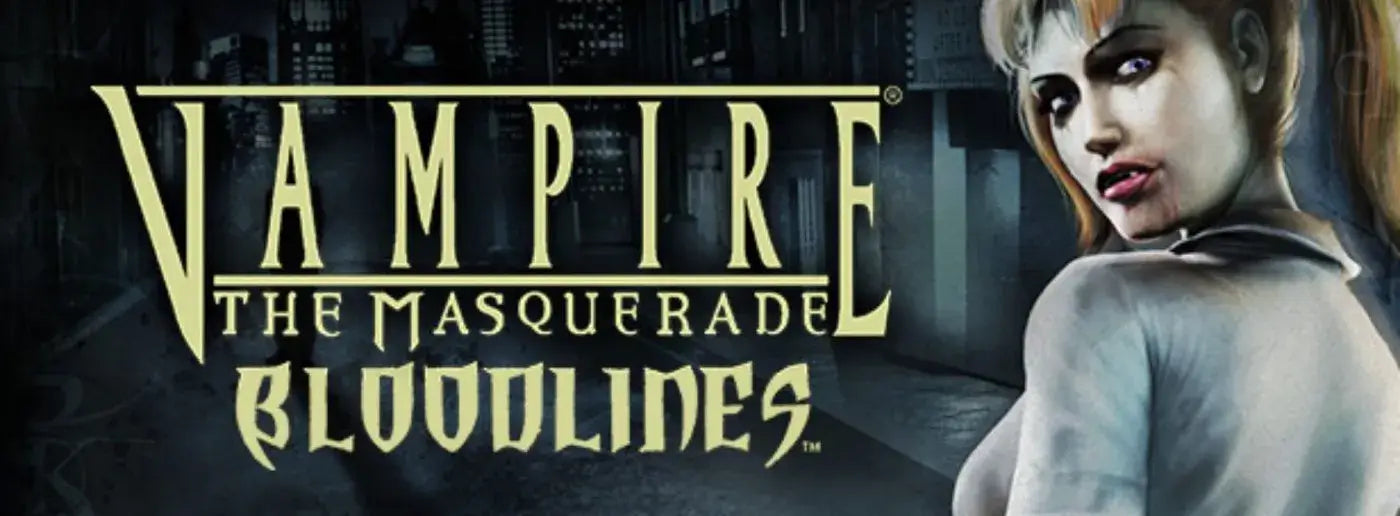
Comics on the theme are also numerous. So I will just mention two famous comics that show the evolution of the codes about vampires. Vampirella is a comic book created in September 1969 by the writer Forrest J Ackerman and the draftsman Frank Frazetta.
The particularity of Vampirella is that it comes from the planet Drakulon, a rather particular world whose inhabitants feed on blood. It must be said that it is easy to find it since it flows in the rivers. Vampirella is a member of the Vampiri race and will leave to discover the Earth aboard an Earth space shuttle that crashed on Drakulon.
Vampirella lived happily there and met many people, including Dracula, also a Drakulan. The origins of the vampires are thus different from the legends. A film adaptation based on the comics was made in 1996 by Jim Wynorski.

Another comic book presenting a variation in the vampire codes: Blade created in 1973 for Marvel Comics by the writer Marv Wolfman and the draftsman Gene Colan. Blade is a superhero and a dhampire, that is to say a half-vampire, a creature half-human and half-vampire. His mother was bitten by a vampire during her pregnancy and died in childbirth.
Initially, the character appeared in Tomb of Dracula in the 1970s before getting his own series. Blade fights other vampires who have infiltrated society. In 1998, a movie was made from the comics, Blade with Wesley Snipes in the title role. A television series was even created on Spike TV for one season with Sticky Fingaz.
Conclusion on the Vampire in history
Vampires are therefore very present in popular culture. They can be found in literature, television, movies, games and also in comic books. They have evolved enormously over the years and have adapted to different eras.
The myth has essentially developed through popular arts that have allowed him to write his name in letters of blood. The striking aspect of the vampire is the fact that he is both human and monstrous. He catalyzes in himself the fears about death, about others, about eternal life and thus speaks to everyone.
Source:
- Vampires: From Legend to Modern Myth by Jean Marigny (2011)
- Vampires! by Élisabeth Campos & Richard D. Nolane (2018)
- Creatures! Monsters of the TV Series by Joël Bassaget & Amandine Prié (2012)
